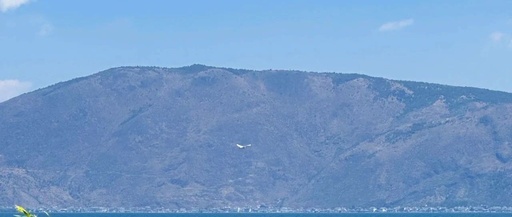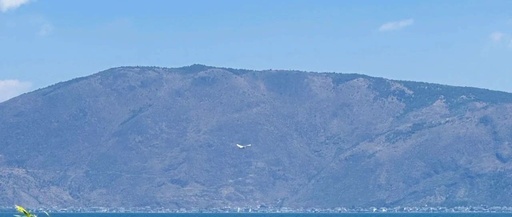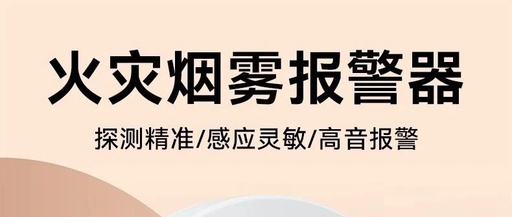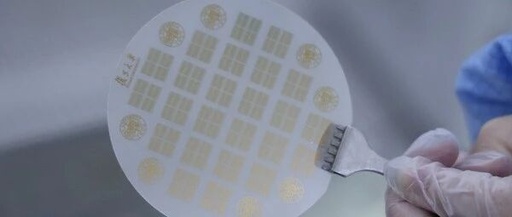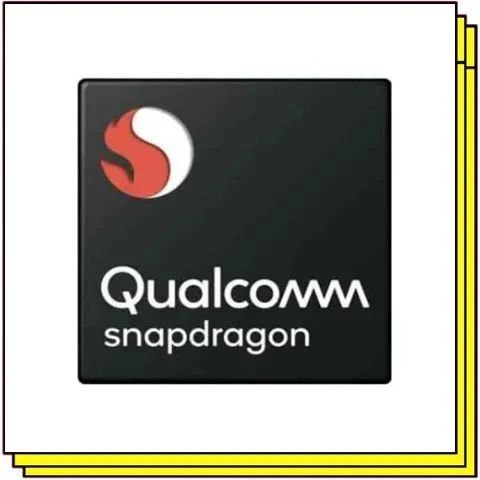Industry Research: Universal Chip FPGA: (9) Challenges in FPGA Design – Architectural Technology
Click the blue text above to follow for more exciting content This article contains a total of 442 words, reading it will take about 1 minute The second challenge in FPGA technology is architectural innovation. FPGA design is not simply about stacking logic units; the manufacturing process has limited benefits for performance. How to arrange … Read more
